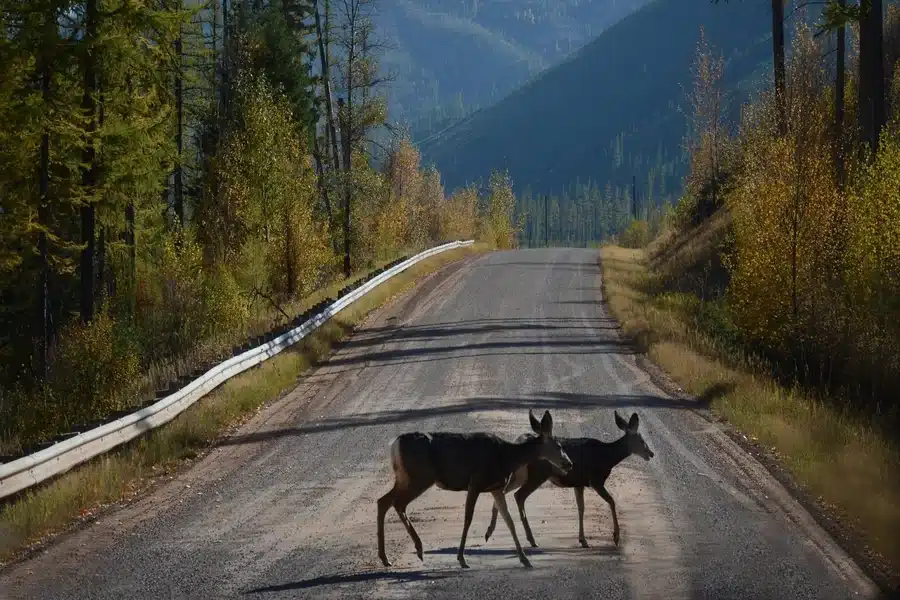On the outer edges of St. Louis, deer and other wildlife frequently dart into traffic, leaving motorcyclists little chance to avoid a crash. A motorcycle accident St. Louis triggered by animals may still involve liability if nearby fencing was removed or warning signs were absent. These incidents often raise complex questions about private property and municipal responsibility.
The Rise in Wildlife-Related Incidents
As St. Louis grows, its suburbs are now encroaching upon areas full of wildlife. While offering more housing and facilities to more people, urban expansion has indirectly caused increased wildlife-related accidents.
Because natural habitats and urban centers are becoming closer, the relationship between humans and animals is becoming less peaceful. As such, animals, including deer, raccoons, and coyotes, are crossing roads more often and getting near people’s homes, which may create dangerous encounters.
Factors Contributing to the Increase
A variety of reasons are contributing to this problem. Those environments are losing space as development in cities and towns breaks up the habitat. Because animals are losing their natural living areas, they are required to go further to find food and shelter, making it more likely for them to encounter vehicles.
Seasonal changes play a big part, especially during the fall, helping many animals gather food before winter. More accidents usually happen during this period because wildlife can behave unexpectedly.
Impact on Local Communities
The results of these things spread to many areas of life. Apart from harming people and damaging vehicles, these kinds of accidents can change the local ecosystem and kill wildlife, affecting diversity among living things. Such situations endanger residents and may require them to pay additional repair expenses. So, people should put measures into place, such as placing wildlife crossing signs, sticking to lower speed limits in needed zones, and constructing wildlife corridors to help avoid similar incidents.
Common Wildlife Species Involved in Suburban Accidents
Deer: The Unwitting Culprits
Concerns about wildlife near St. Louis often involve deer, which are common in suburban accidents. Because they are near the roads, animals can easily cause accidents when they are difficult to see, mostly around sunset and sunrise. The open spaces and suburbs support a large population of deer, which often cross roads and cause accidents.
Notably, the months of October through December mark the rutting season, a time when deer are particularly active and prone to crossing roads, leading to an increased risk of accidents.
Coyotes: The Urban Adaptors
Coyotes have adapted remarkably well to suburban environments and often roam nearby neighborhoods and parks. While they are less directly involved in vehicle collisions than deer, their presence can cause sudden reactions from drivers, especially when darting across roads in pursuit of prey or scavenging for food. Coyotes’ increasing numbers in suburban areas highlight the need for awareness and caution among drivers, particularly in less-trafficked areas where they tend to thrive.
Raccoons and Other Small Mammals
Smaller mammals such as raccoons, skunks, and opossums also contribute to wildlife-related accidents. These nocturnal animals often scavenge along roadsides, which increases their vulnerability to vehicle collisions.
While they generally cause less severe accidents than larger animals, their unpredictable movements can lead to sudden swerves and resultant collisions. Drivers are encouraged to remain vigilant at night when these creatures are most active to mitigate potential incidents.
Final Thoughts
Life in St. Louis’ suburbs brings about the difficulties that wildlife brings your way. Whenever natural habitats decrease due to cities expanding, more and bigger conflicts between humans and animals occur. Raising awareness and taking proper actions help decrease these events and foster peace for riders in St. Louis, especially if a severe motorcycle crash happens on roads not well-supervised.




